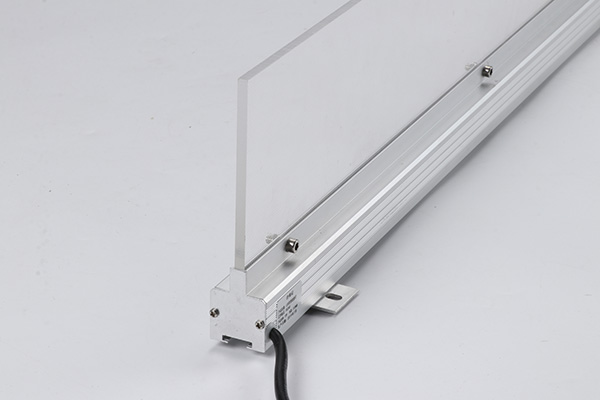

time:2021-10-20 Views:27
1. Different resistance
Different from the photodiode, when the photoresistor is measured, the resistance on both sides is the same.
2. Different photoelectric effects
Photoresistors are compared with photodiodes. The photoelectric effect inside the photoresistor has nothing to do with the electrodes. The photodiode can use DC power, and the sensitivity is related to the semiconductor material and the wavelength of the light.

3. The influence of temperature is different
The photoresistor is greatly affected by temperature, and the response speed is not fast. Between ms and s, the delay time is affected by light. The photodiode does not have this shortcoming, and the sensitivity of the photodiode is higher than that of the photoresistor.
Photodiodes are also called photodiodes. The structure of the photodiode is similar to that of the semiconductor diode. Its die has a PN junction with photosensitive characteristics and has unidirectional conductivity, so a reverse voltage must be applied during operation. In the absence of light, there is a small saturated reverse leakage current, that is, a dark current, and the photodiode is broken at this time. When receiving light, the saturated reverse leakage current increases greatly, forming a photocurrent, which changes with the change of light intensity. Illuminating the PN junction can generate electron holes in the PN junction and increase the density of minority carriers. These carriers drift under the reverse voltage, increasing the reverse current. Therefore, the strength of light can be used to change the current in the circuit.
To detect the photodiode, a multimeter Rx1k resistor can be used. When the photodiode is not irradiated, it is the same as an ordinary diode and has a unidirectional conduction effect. The positive resistance is 8-9kω, and the reverse resistance is greater than 5Mω. If you don't know the positive and negative poles of the photodiode, you can determine it by measuring the positive and negative poles of ordinary diodes. When measuring the front roar, the black test lead is connected to the anode of the photodiode. When the photodiode is in the reverse connection, that is, the red test lead of the multimeter is connected to the anode of the photodiode, and the black test lead is connected to the cathode of the photodiode. At this time, the resistance is close to infinity (when there is no light). When the light intensity is shifted, the watch needle measures the photodiode with the ring pole to the right. The way to distinguish the ring pole and the front pole is to irradiate the photodiode with less strong light when connected in the reverse direction, and the resistance value is slightly smaller. For the front pole, the resistance value is slightly larger is the ring pole.